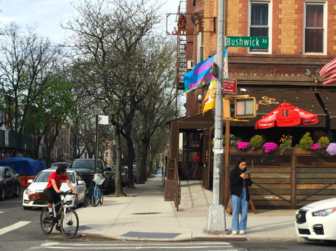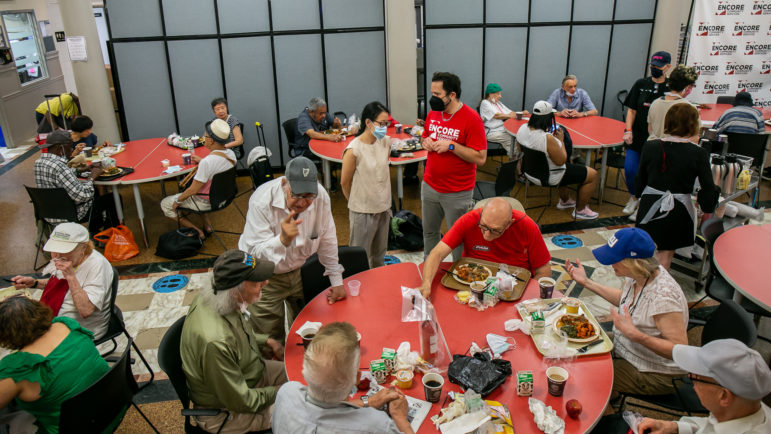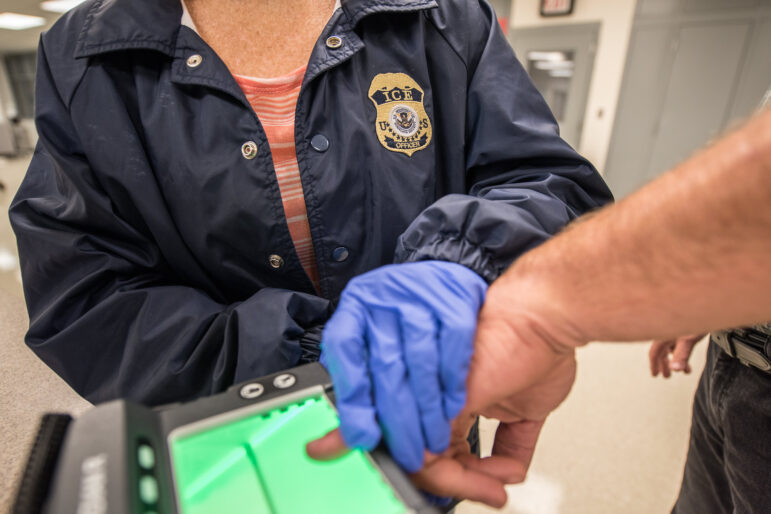
Sadef Ali Kully
Bushwick is one of the neighborhoods with the most housing violations according to a recent data by the Association for Neighborhood Housing and Development.
The Association for Neighborhood Housing and Development released its annual report last week revealing six Bronx community districts face threats to losing varied types of affordable housing.
The report catalogs the risks to affordable housing in each of the city’s 59 community districts, looking at factors like overcrowding, evictions, foreclosure notices and how many residents are rent burdened, among other indicators.
The report offers insights into how the affordability crisis exhibits itself based on borough and housing stock. The graphic also can be used as a starting point for examining the particular vulnerabilities of neighborhoods that the de Blasio administration has targeted for rezonings.
The University Heights and Fordham neighborhood in the Bronx, site of the 2018 Jerome Avenue rezoning, is facing the highest threat to its affordable housing, followed by five other Bronx community districts (Mott Haven/Melrose, Morrisania/Crotona, Highbridge/South Concourse, Belmont/East Tremont and Kingsbridge Heights/Bedford), according to the report.
In Brooklyn, East New York/Starret City, Brownsville and East Flatbush are most at risk, while threats to affordable housing in Manhattan are greatest in Central Harlem, the report found.
In Queens, Jamaica and Hollis are the most vulnerable neighborhoods, according to the report.
While the report deemed no neighborhoods in Staten Island particularly at risk, it noted that Stapleton and St. George are home to 66 units enrolled in the federal Low-Income Housing Tax Credit program, which is set to expire between 2020 and 2024. This is also an area facing a potential rezoning.
In the report, the University Heights and Fordham neighborhoods in the Bronx have the highest number of residents who are rent-burdened (meaning those households pay more than 30 percent of income towards gross rent), an estimated 64.4 percent of tenants. The second most rent-burdened neighborhood is in Borough Park in Brooklyn, with 64.3 percent, a number ANHD called “shocking.”
Another finding from the report concerned severe overcrowding. The highest rate of it was found in the Queens neighborhoods of Elmhurst and Corona, where 11.7 percent of renter households are severely crowded—defined as 1.5 or more occupants per room—while the second highest rate was Borough Park, at 10.7 percent.
The report also highlighted East Harlem, another neighborhood that was rezoned under the de Blasio administration’s affordable-housing plan, where building prices are rising rapidly and “speculation is putting pressure on tenants,” said the report. The data found East Harlem saw the biggest jump in property prices per square foot – approximately 75.8 percent—and that the neighborhood is among the top ten communities in New York City for income inequality.
The report also found a high concentration of housing violations in the Brooklyn neighborhoods of Bushwick and Sunset Park. Bushwick is slated for a rezoning this year, the draft proposal for which the city released this week.
For homeowners, the report found that foreclosures remain a huge risk, with the highest rates in Brownsville followed by East New York. In Queens, Jamaica and Hollis neighborhoods were second-highest at risk for foreclosure.









One thought on “Which NYC Neighborhoods Face the Steepest Displacement Threat?”
70% of Staten Islanders own their homes,and S.I. has the 2nd highest median income after Manhattan. Most S.I. rental units are in 2-family homes or the occasional rare 3-family home.